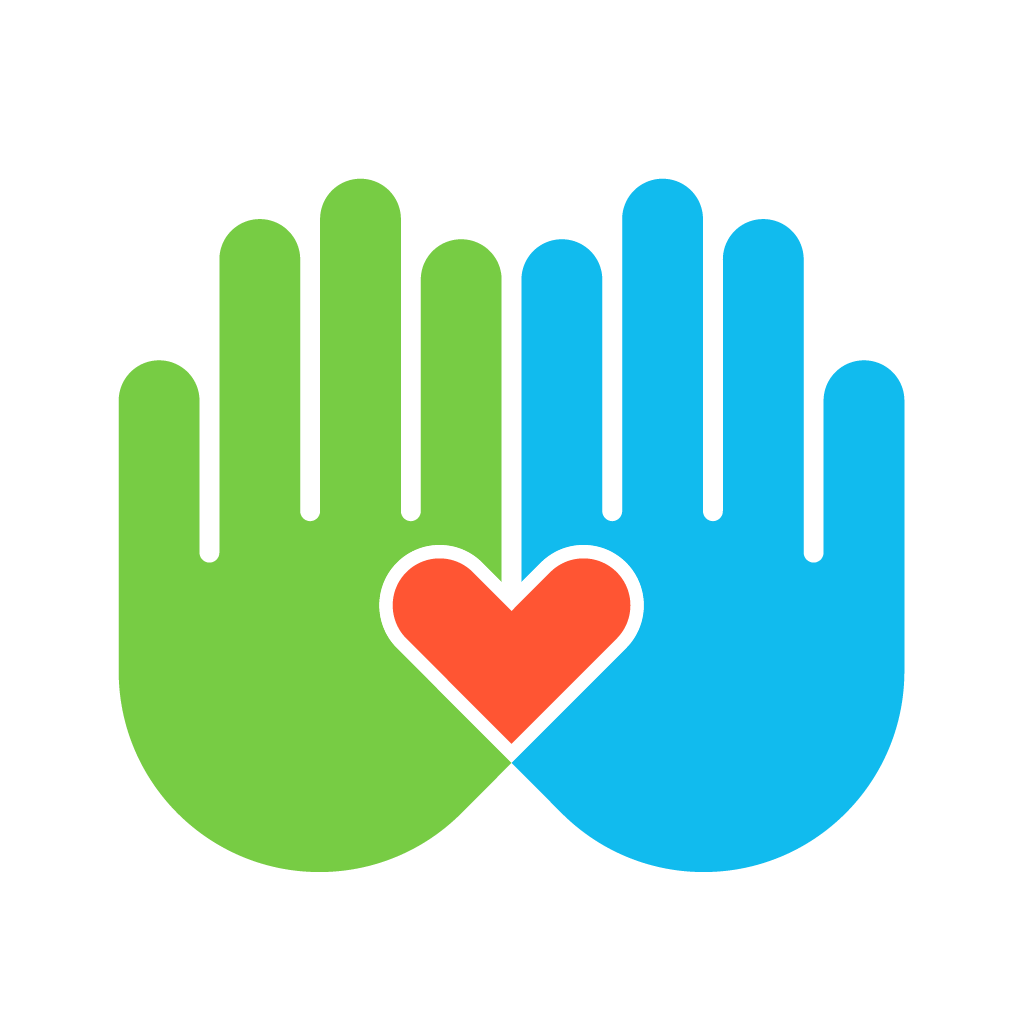
Next week is National Volunteer Week, and we hope you’ll join us and spend some time thinking about the significant role volunteers have played, and are still playing, in our country overall. In the days to come, we’re going to be focusing on volunteer engagement, recognition, inspiration and more. But first, let’s consider just how deeply volunteering is a part of who we are as a nation.
A Brief History Of Volunteering In America
This country has relied on volunteers from its start: Colonists banded together to survive the harsh New World, forming support groups to help each other plant crops, build houses and fight disease. Benjamin Franklin developed the first volunteer firehouse in 1736, an idea that has become the country’s norm, as more than 70% of all firefighters today are volunteers. And during the Revolutionary War, patriotic citizens volunteered to organize boycotts against British imports and raise funds for the war efforts, and of course there were the famous “minute men,” who were a volunteer militia.
It wasn’t until the Great Awakening in the 19th century that formal charitable organizations started cropping up. Inspired by religious revival, people became more aware of the disadvantaged, and the YMCA, American Red Cross and the United Way were all born in response.
Volunteers also played an important role in the Civil War, as groups such as Ladies’ Aid Societies were created to make bandages, shirts, towels, bedclothes, uniforms and tents.
The 20th century was when mainstream volunteerism really began to flourish, shaping the volunteer and nonprofit organizations that we recognize today. The Rotary Club, Kiwanis and the Lions Club were all established within the first few decades of the 1900s.
One of the first nationwide efforts to coordinate volunteers was in response to the Great Depression, including work by Volunteers of America. The first Volunteer Bureau was founded in Minneapolis, MN in 1919 and became part of the Volunteer Center National Network, which today reaches 170 million people in thousands of cities across the nation.
During World War II, volunteers were active in the military and on the home front. Thousands of volunteer offices took part in coordinating volunteers in collecting supplies, entertaining soldiers on leave and caring for the injured. After the war, major developments including the Peace Corps and President Lyndon B Johnson’s “War on Poverty” in 1964 started the expansion of volunteer opportunities that continues today.
Volunteering Today
Within the past few years, you could say volunteering has essentially become a national pastime. In 2011 volunteering reached its highest level since 2006, as Americans volunteered nearly 8 billion hours of their time to local and national causes. Today nearly one in four Americans, an estimated 64.3 million people, have served as volunteers.
The Internet has played a huge role in engaging volunteers, allowing people to find opportunities in their own communities through online resources such as VolunteerMatch. It’s also created the possibility of virtual volunteering, where organizations can utilize the skills of volunteers anywhere in the world. Another growing trend is microvolunteering, in which people volunteer to perform small tasks online, usually to promote a campaign or raise awareness for a cause.
It’s safe to say that volunteering is part of America’s present as well as it’s past. And looking at how Americans volunteer and why, it’s clear that while the “how” has changed throughout history, the desire to help one another will always be a part of the nation’s legacy.
Want to know more about the history of volunteering? Here are some of the sources that were used for this article:
- History of Volunteering Timeline (pdf) by Points of Light Foundation & Volunteer Center National Network
- Volunteering and Civic Life in America 2012 study by The Corporation for National and Community Service
- “History of Volunteerism in America” by Tamara Warta, LoveToKnow Charity
- “Volunteering: An American Tradition” by Susan J. Ellis and Katherine H. Campbell, eJournal USA
What do you think about the role volunteering has played U.S. history?



